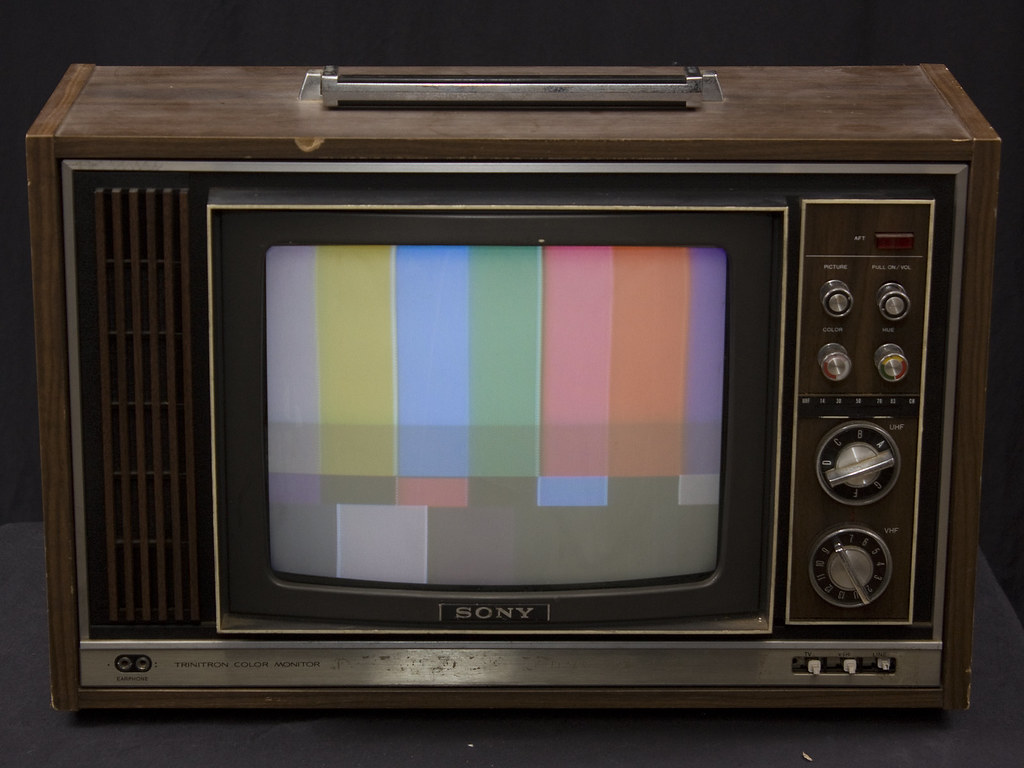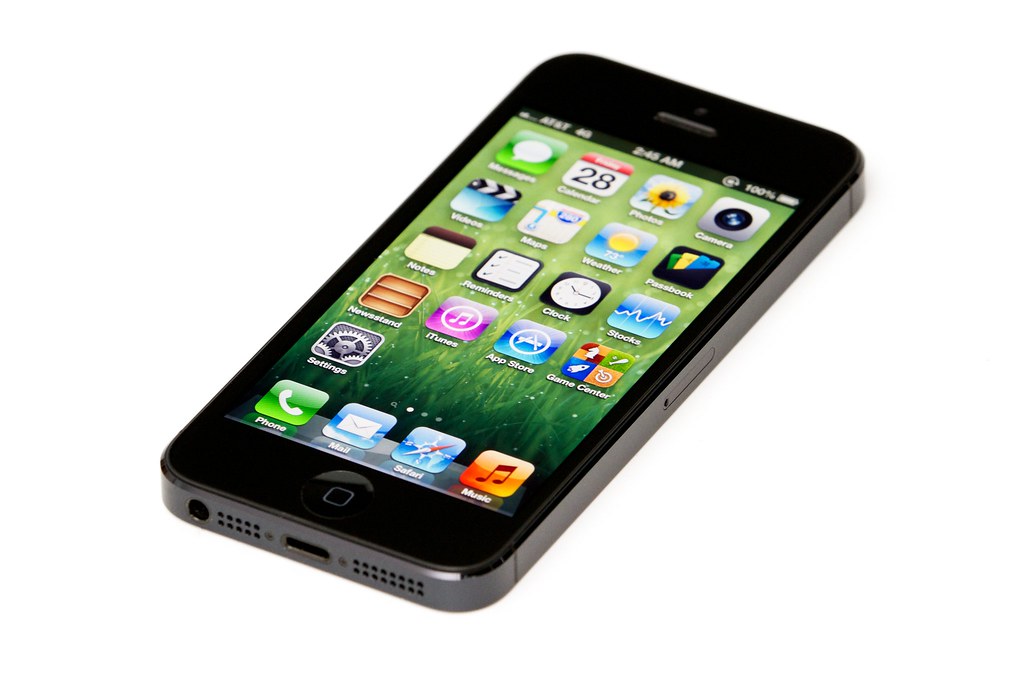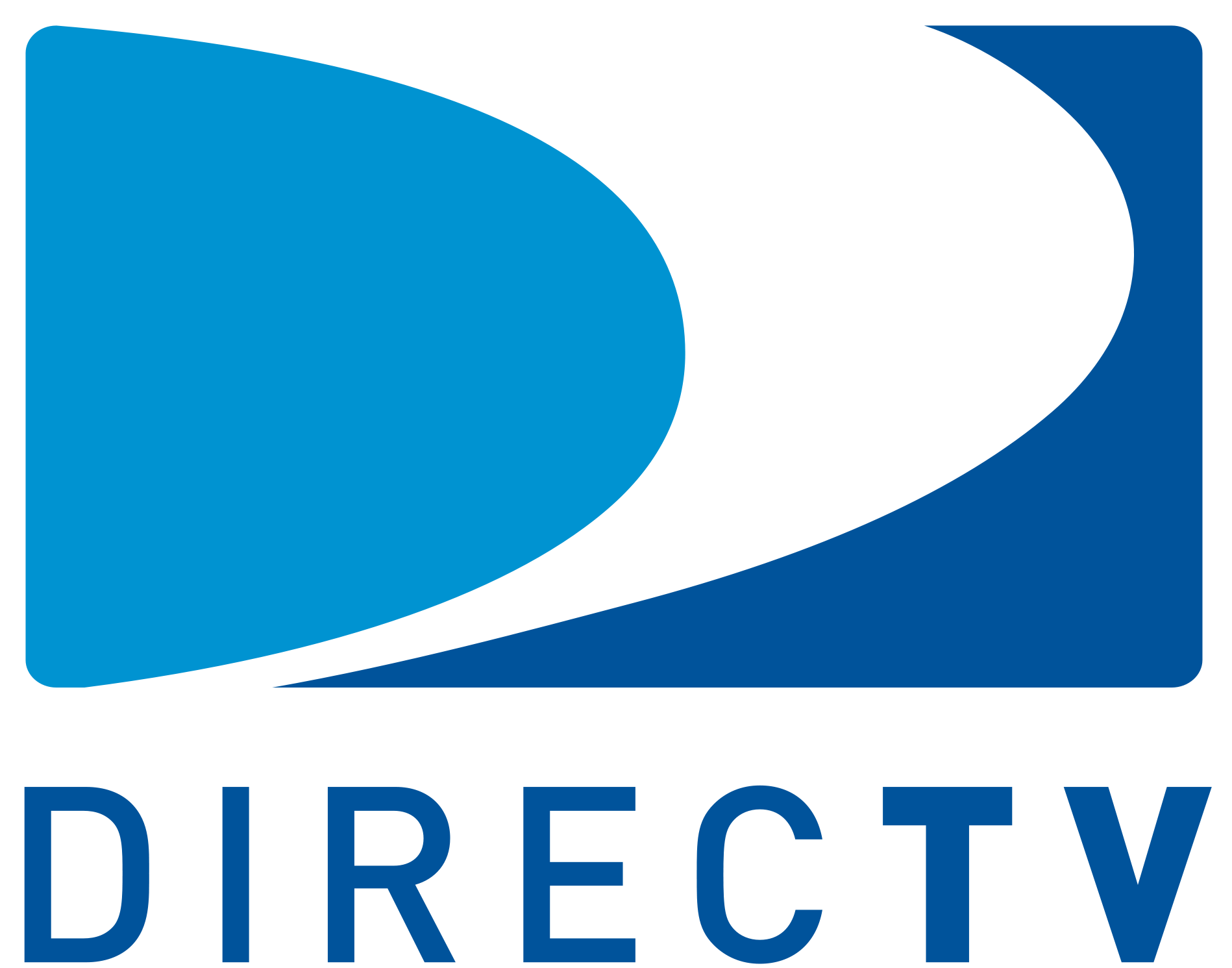 |
| The color TV was a major milestone in television history. From: https://c1.staticflickr.com/5/4085/5170714201_c337636c0e_b.jpg |
 |
| Smart phones are fourth screen technologies that are making a huge impact in the television industry. From: https://c1.staticflickr.com/9/ 8320/8032182566_788694e8da_b.jpg |
Third and fourth screen technologies have created new online experiences ans services. These services such as Netflix and Hulu Plus have put a dent in television. These services provide their customers with a vast collection of movies and programs (original and television) for a small price each month. These third screen services have become wildly popular recently. People can watch Netflix, Hulu Plus, and similar services on their computers, smartphones, and other smart devices anytime they want. The convenience of these services attracts many people. They can pay a small price each month for popular television shows and movies on their phones, tablets, and even their televisions without having to be tied down to one network provider. Many people have gotten rid of their television provider (Comcast, Direct TV, AT & T) in exchange for a paid subscription service. People can watch entire seasons of television shows in one sitting with these services.
 |
| Direct TV is a network provider that still reigns over third screen sites. From: https://upload.wikimedia.org/ wikipedia/commons/a/a9/The_DirecTV_logo.png |
Third and fourth screen technologies have changed the television industry forever. They have changed where you can watch show and movies and how you watch them. No longer do people have to watch movies in movie theaters or TV shows on their television sets at home. Today, people can watch their favorite TV show wherever: on a bus, in a restaurant, and even in the bathroom. Television sets may be a thing of the past just like landline phones. If we can watch our favorite TV show anywhere with our third and fourth screen devices, why do we need to watch TV programming on a stationary television set?

No comments:
Post a Comment